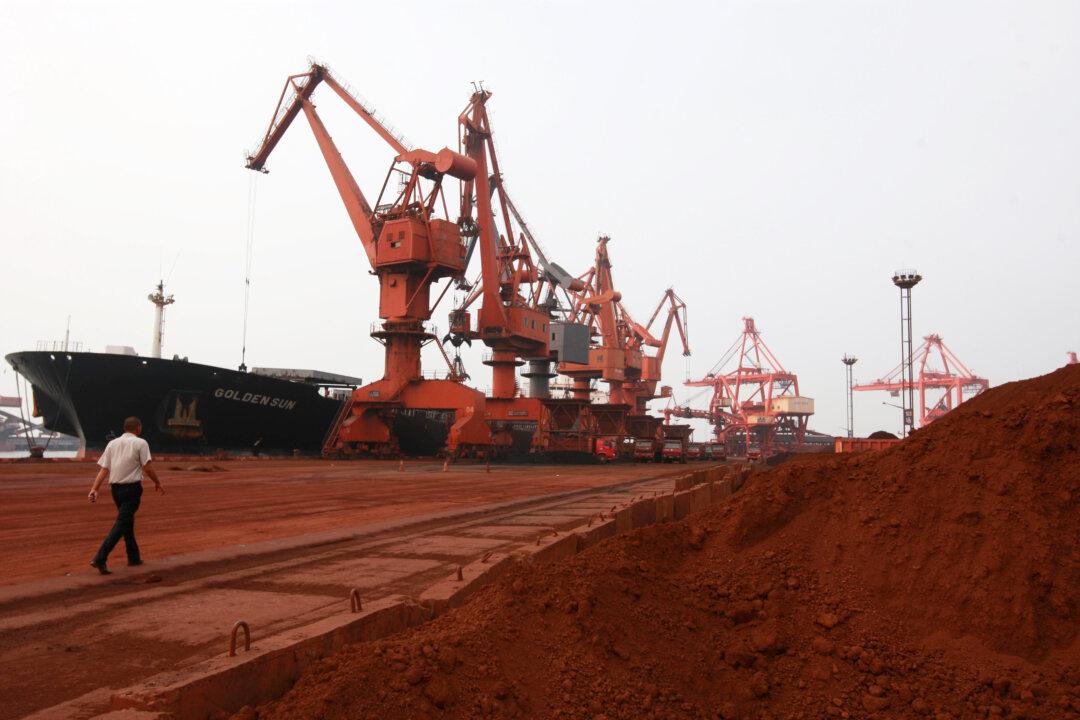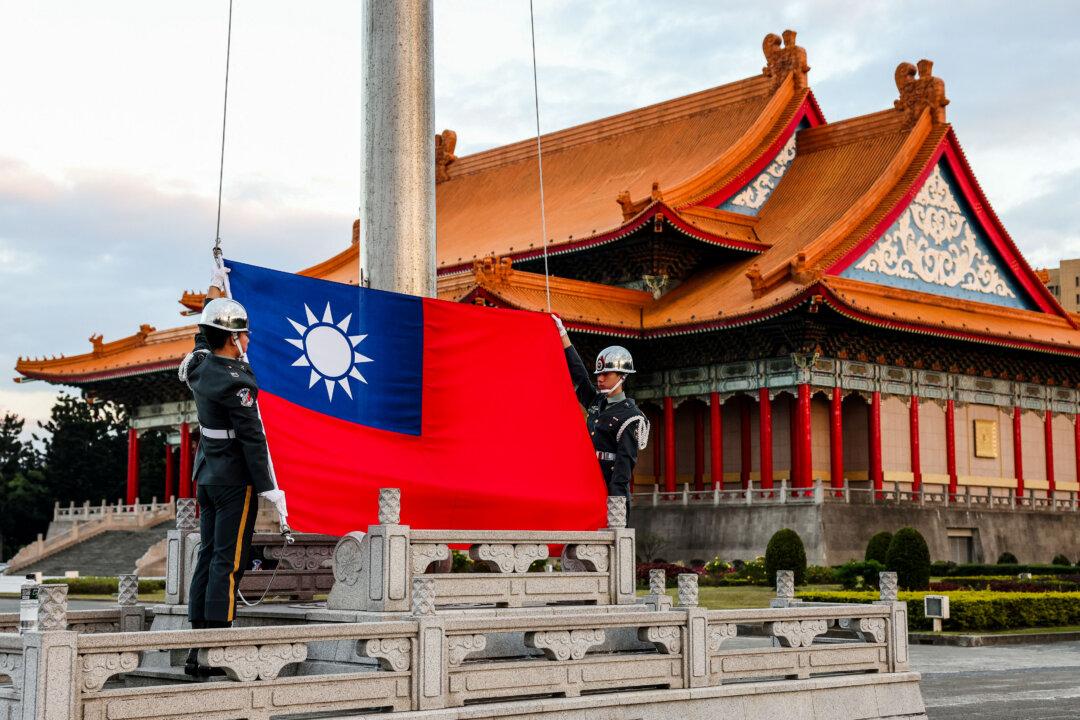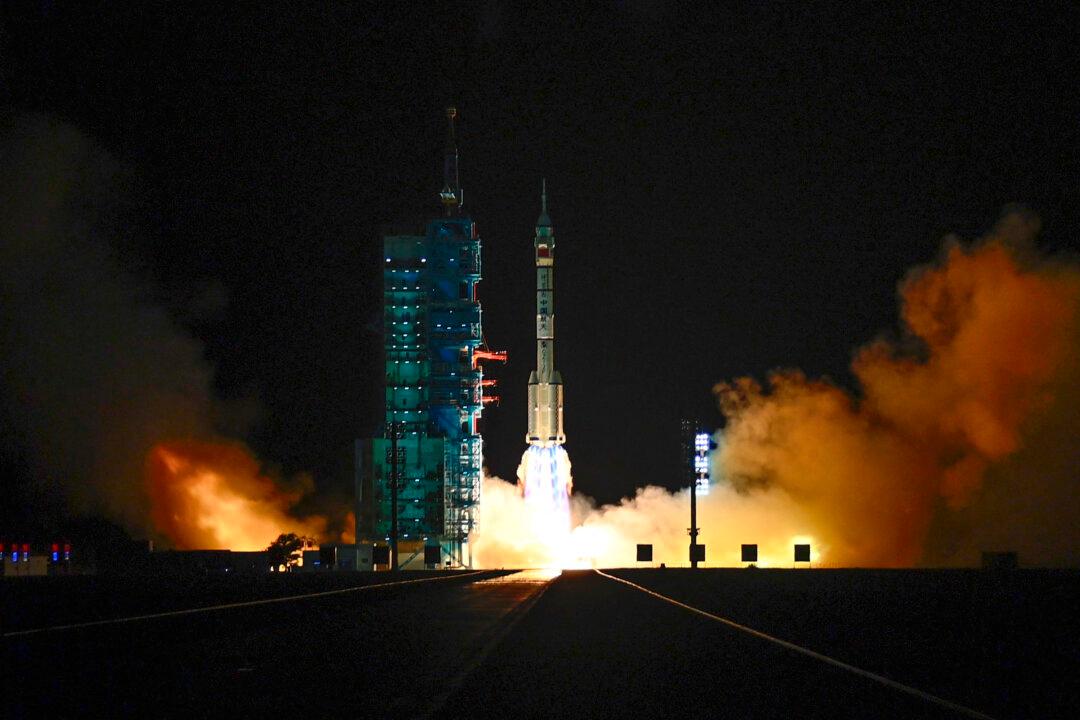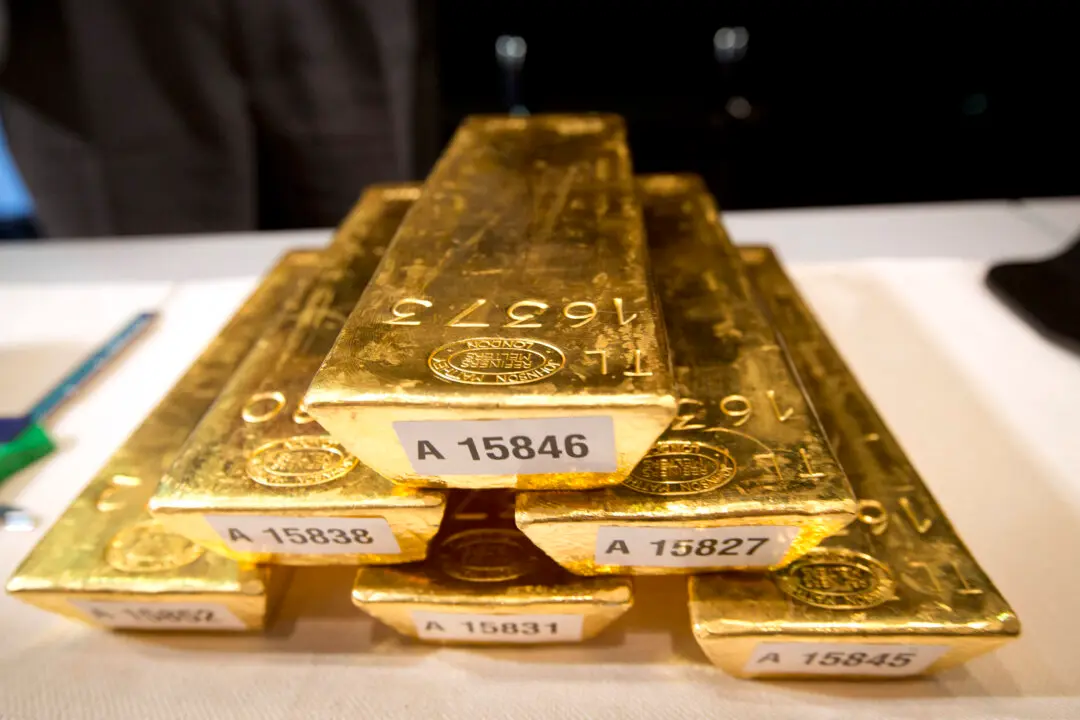In a strategic shift to mitigate its reliance on China, Japan plans to extract rare earth elements from the Pacific Ocean seabed this year. The initiative has emerged as rare earth elements gain increasing importance in technological advancements. Historically, China has leveraged these elements as a geopolitical instrument against major economies like the United States, Japan, and the European Union.
In late 2023, the Japanese government finalized its decision to begin pilot mining operations in the Pacific. The initiative was initially delayed by a year due to procurement challenges. The outbreak of the Russia–Ukraine conflict redirected a British firm’s focus, previously tasked with producing “mud-lifting pipes” for Japan, toward manufacturing military equipment.





